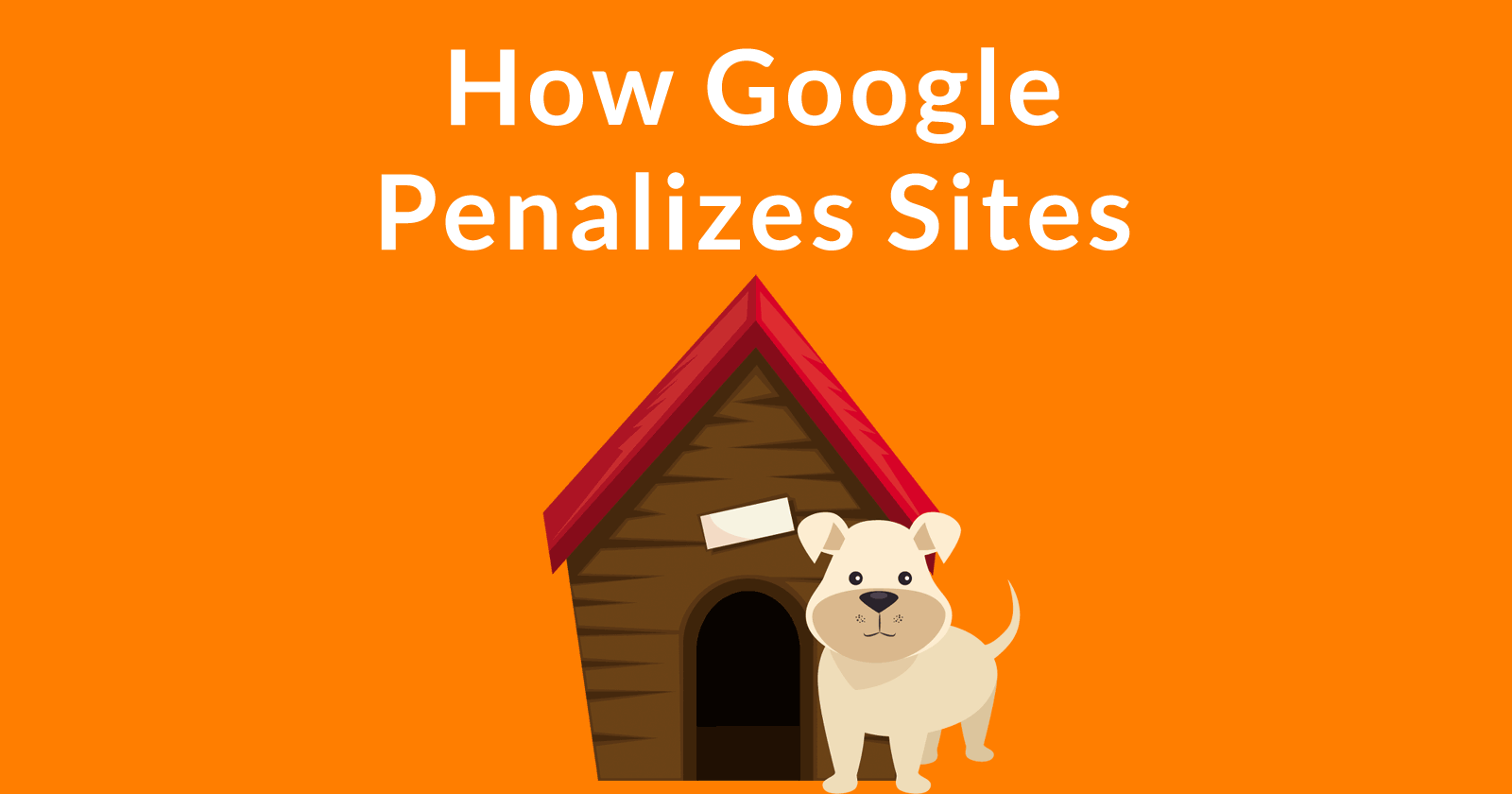In a Webmaster Hangout, Google’s John Mueller gave a revealing and detailed look into the process of manual actions. He described in detail the process for assigning a manual spam penalty.
Google’s Mueller noted that Google’s preference is for taking an algorithmic approach. But that in extreme cases they will elect to manually remove a web page from the search results.
Google Prefers Algorithmic Approaches
It is fairly well known that Google prefers to take an algorithmic approach to cancelling out the effects of a spam technique. The reason is because removing one website doesn’t close the loophole that allowed that a spam page to rank. It makes sense to create an algorithmic approach to identifying sites employing a spam technique and remove all of them, not just one.
Here is what Google’s John Mueller said:
“…from a manual point of view we try to take action when we realize that we can’t solve it algorithmically. When something is really causing a problem and it’s affecting our search results… that’s some place where the manual webs pam team might step in and say we need to take action here.
Which could be to demote the website in search to kind of neutralize specific elements on a page. It could be in an extreme case to remove a page from search. “
As can be seen from his statement, the manual action is taken when the problem cannot be solved algorithmically.
What kinds of spam can’t be solved algorithmically? Google has in the past taken manual actions against specific industries when they were successfully spamming Google’s search results.
An example of a manual action that couldn’t be solved algorithmically was noted by Google Schema Developer page for Job Postings. Google issued a warning that failure to remove expired job postings were subject to a manual action.
 Google issued a warning about a possible manual action. Presumably, catching this kind of spam could not be done algorithmically. Which is why this specific activity came with a warning of a potential manual action.
Google issued a warning about a possible manual action. Presumably, catching this kind of spam could not be done algorithmically. Which is why this specific activity came with a warning of a potential manual action.Google Does Not Casually Ban Sites
John Mueller gave an inside look at how the manual action penalty is a peer reviewed process. A single spam team member can’t take action all by themselves. This is reassuring because it means that manual actions are treated seriously and not casually initiated. A manual action must be reviewed by other team members.
Here is how John Mueller described how Google penalizes a website:
“But these are things where people manually look at these pages and all of the actions from the manual web spam team they get reviewed by someone else on the team. So it’s not that one person can come in and say I’m confused about this website and remove it from the Internet.
It’s really something which we try to do fairly rarely and usually really in kind of the extreme cases.”
Don’t Confuse a Penalty with Inability to Rank
Some are quick to name something a penalty when in reality it’s just an inability to rank. A real penalty is either algorithmic or manual.
Traditionally, the way to tell the difference between a penalty and an inability to rank is by checking if the site is in the index. A penalized website cannot be found in Google’s search results. That’s the traditional hallmark of a penalized website.
Watch the Google Webmaster Hangout about Manual Action Penalties
More Resources
Images by Shutterstock, Modified by Author
Screenshots by Author





